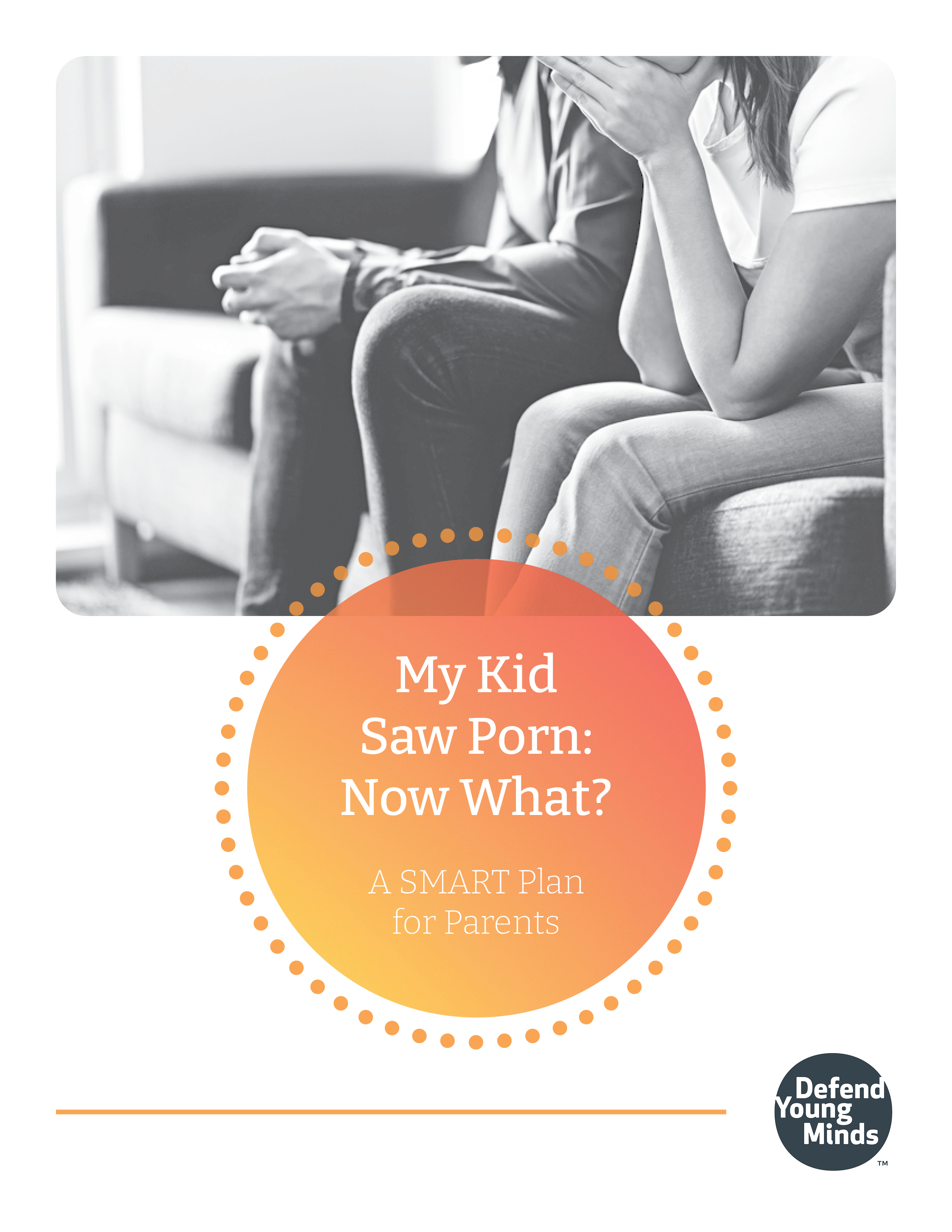How to Create a Porn Addiction in 7 Easy Steps

Seven Steps to Addiction Start with the Reward System
There are seven steps to creating a porn addiction. And they begin with the brain's reward system--a part of the "feeling brain" or limbic system that we consult for every decision we make, large or small.
The brain’s reward system is the reason you like to do the things that are crucial for your survival.
- Eating is important for survival; eating is pleasurable.
- Sex is important for the survival of humanity; sex is pleasurable.
- Even the “natural high” you get from exercise is proof that the brain has a powerful way to reward you for doing important activities again and again.
Cravings and Appetites
How? Through cravings and appetites.
For example, the brain creates a strong hunger for food in order to assure that you’ll keep eating. The sex drive is constant and powerful. (If it weren't, would any couple with two children ever find the energy to create a third? I don't think so!)

But just like food, sex needs to be controlled by that part of the brain that knows how to put on the brakes: the thinking brain or the pre-frontal cortex. Without the pre-frontal cortex to manage our most basic urges and appetites, we’d be hard-pressed to function in society.
So what happens when your reward system becomes corrupted?
“[T]he brain gets confused and rewards you for doing unhealthy things.” (Aaron Millar, Robots in Disguise: The Psychology of Addiction. Odyssey Magazine, September 2011.)
But how does this happen?
[[CTA]]
The 7 Steps to Developing an Addiction
Here’s a simplified answer which I credit to Gordon S. Bruin in his book The Language of Recovery.
- You encounter something pleasurable and the brain stores a memory of it
- You feel a negative emotion: bored, lonely, angry, stressed or tired (BLAST)
- Your limbic or feeling brain wants to avoid pain (the brain sees a negative emotion as pain and a potential threat), so it accesses a pleasure memory and creates a craving for it
- When a person uses a pleasure-producing substance or a behavior (like gambling, viewing pornography, or playing a video game) to distract themselves from the experience of a negative emotion, a neurological pathway is set up
- Each time a person “uses” a drug or behavior in order to deal with emotional pain, that pathway is strengthened.
- Eventually the brain can be convinced that survival depends upon that drug or experience
- An addiction is created

Nipping Addiction in the Bud
In order to teach children how to avoid addictions of all kinds, it’s essential to help them identify and deal with their feelings in healthy ways. When you distract kids with cookies or video games, they lose the opportunity to use their thinking brain to cope with negative emotions. If a pattern is set up, children may learn that “using” is the way to deal with feelings.
I know we can do better when we know better. Let’s help our kids understand their brains and keep their reward systems healthy and free from addiction.
How do you help your kids avoid patterns that may turn into addictions? Please share your thoughts or questions by leaving a comment.
.png)
.png)
Brain Defense: Digital Safety Curriculum - Family Edition
"Parents are desperate for concepts and language like this to help their children. They would benefit so much from this program - and I think it would spur much needed conversations between parents and children.” --Jenet Erikson, parent








%20(1).jpg)

